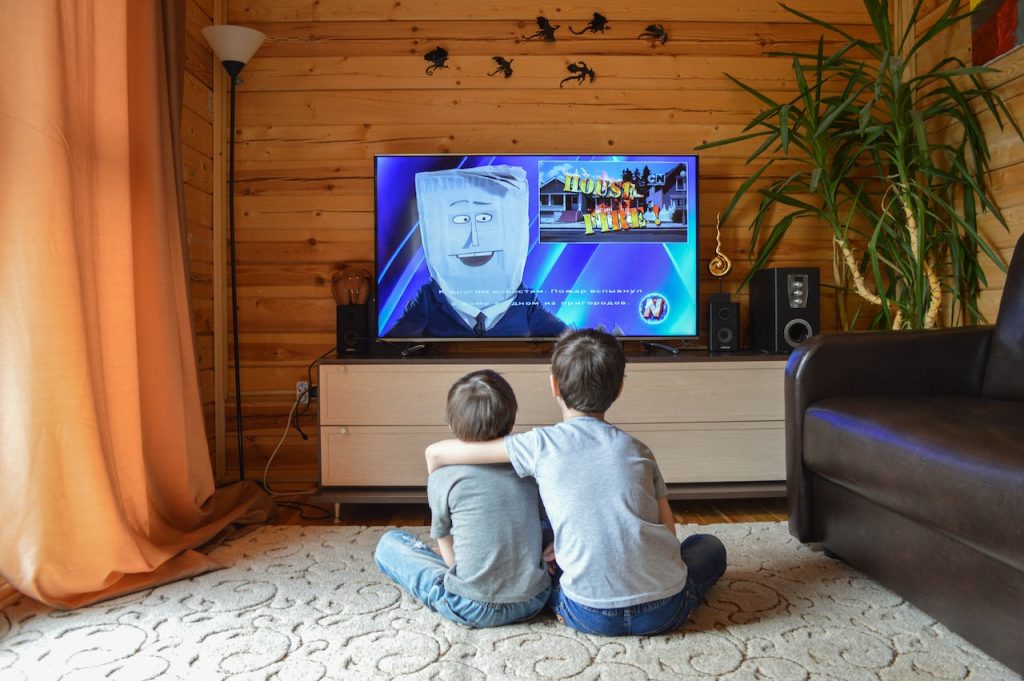Childhood TV Watching Linked to Metabolic Syndrome in Adulthood

A new study has added to the evidence that excessive TV watching as a child can lead to poor health in adulthood. The research, published this week in the journal Pediatrics, found that children who watched more television were more likely to develop metabolic syndrome as an adult.
Metabolic syndrome is a cluster of conditions including hypertension, hyperglycaemia, excess body fat, and abnormal cholesterol levels that lead to an increased risk of heart disease, diabetes and stroke.
Using data from 879 participants of the Dunedin study, researchers found those who watched more television between the ages of 5 and 15 were more likely to have these conditions at age 45.
Television viewing times were asked at ages 5, 7, 9, 11, 13 and 15. On average, they watched just over two hours per weekday.
“Those who watched the most had a higher risk of metabolic syndrome in adulthood,” says Professor Bob Hancox, who led the study.
“More childhood television viewing time was also associated with a higher risk of overweight and obesity and lower physical fitness.”
Boys watched slightly more television than girls and metabolic syndrome was more common in men, than women (34% and 20% respectively). The link between childhood television viewing time and adult metabolic syndrome was seen in both sexes however, and may even be stronger in women.
There was little evidence that watching less television as an adult reduced the association between childhood television viewing and adult health.
“While, like any observational study, researchers cannot prove that the association between television viewing at a young age directly causes adult metabolic syndrome, there are several plausible mechanisms by which longer television viewing times could lead to poorer long-term health.
“Television viewing has low energy expenditure and could displace physical activity and reduce sleep quality,” he says.
“Screentime may also promote higher energy intake, with children consuming more sugar-sweetened beverages and high-fat dietary products with fewer fruit and vegetables. These habits may persist into adulthood.”
The results are important because screen times have increased in recent years with new technologies.
“Children today have far more access to screen-based entertainment and spend much more time being sedentary. It is likely that this will have even more detrimental effects for adult health.
“These findings lend support to the World Health Organization recommendation that children and young teenagers should limit their recreational screen time.”
Source: University of Oregon



